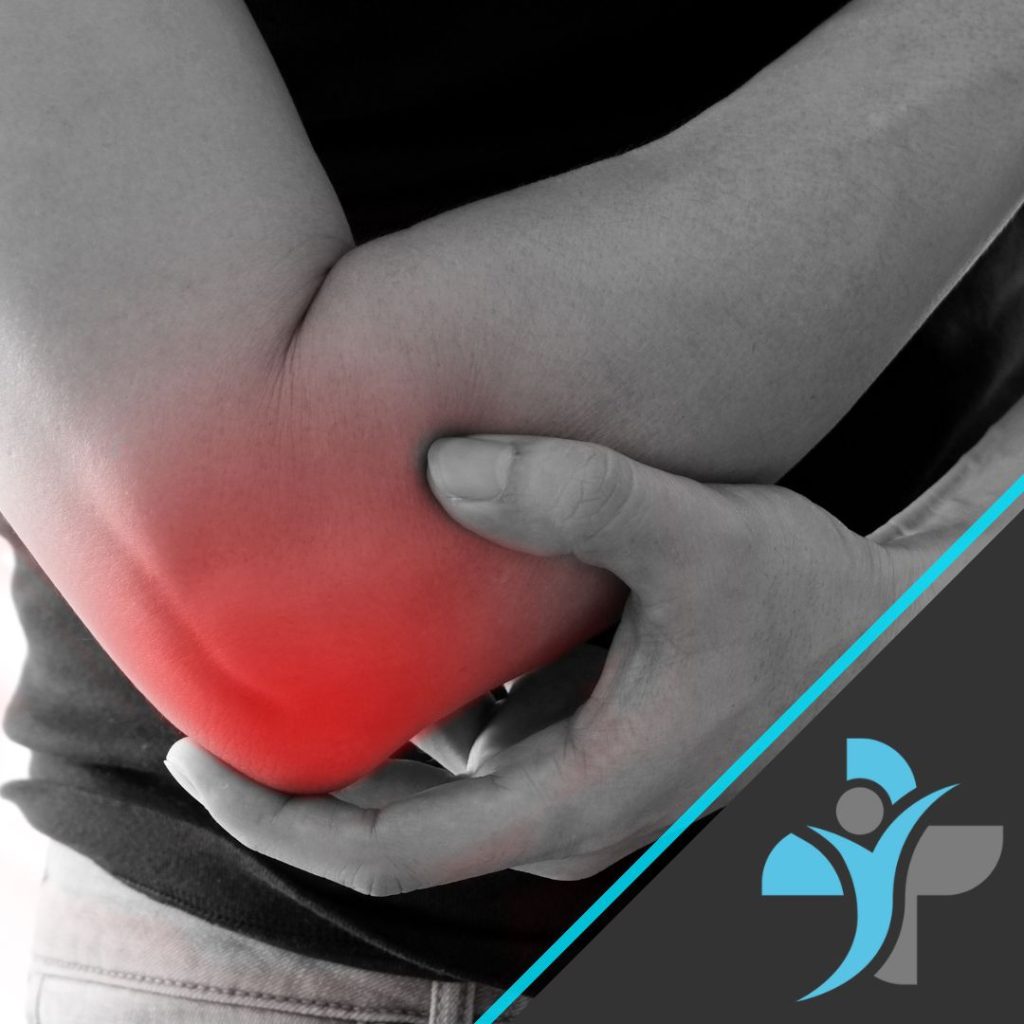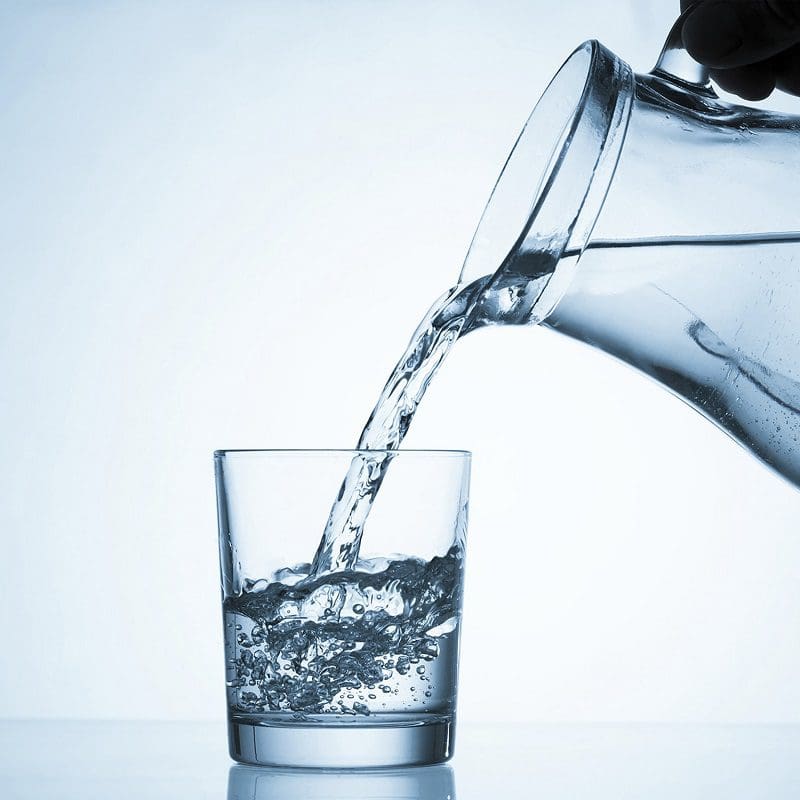What is Tennis Elbow?
Tennis elbow, officially termed lateral epicondylitis, affects more than just athletes. This prevalent condition involves pain and inflammation in the tendons that link the forearm muscles to the outer part of the elbow.
Repetitive actions such as gripping, twisting, and lifting can often cause this ailment. Activities like going to your local gym, painting, carpentry, and even typing may trigger these motions, leading to small tears in the tendons. Consequently, this results in inflammation and discomfort on the elbow’s exterior, which can intensify with continued use. Symptoms may also include forearm weakness, reduced grip strength, elbow stiffness, and pain extending down the arm.

To diagnose tennis elbow, a physical examination is typically performed alongside a review of your medical history and activities. Imaging tests might be used to exclude other potential conditions but in the main a sports therapist, physiotherapist or doctor can accurately diagnose this condition.
Treatment aims to alleviate pain, reduce inflammation, and facilitate healing. This can involve rest, ice application, specific physical therapy exercises, bracing, over-the-counter pain relievers, or sometimes corticosteroid injections. In general we see huge improvements in the condition through a well strategised and dianamic recoveyr and rehabilitation regime.
Preventing tennis elbow is crucial, particularly if your job or hobbies involves repetitive arm movements. It is important to warm up before engaging in such activities, maintain proper form, take regular breaks, strengthen forearm muscles, and use ergonomic tools when necessary.
If you think you might have tennis elbow, it’s important to consult a healthcare provider for a precise diagnosis and tailored treatment plan. With prompt intervention and appropriate care, you can effectively manage the condition and resume your regular activities. If you would like to read more about the condition, we have written an article that goes into much more detail which can be found here.
Alternatively if you would like to book one of our sports therapists or physiotherapists to conduct a thorough in person review, treatment and then provide you with the exercises to rehabilitate this condition then please either make a booking through our online booking system or contact us directly.




